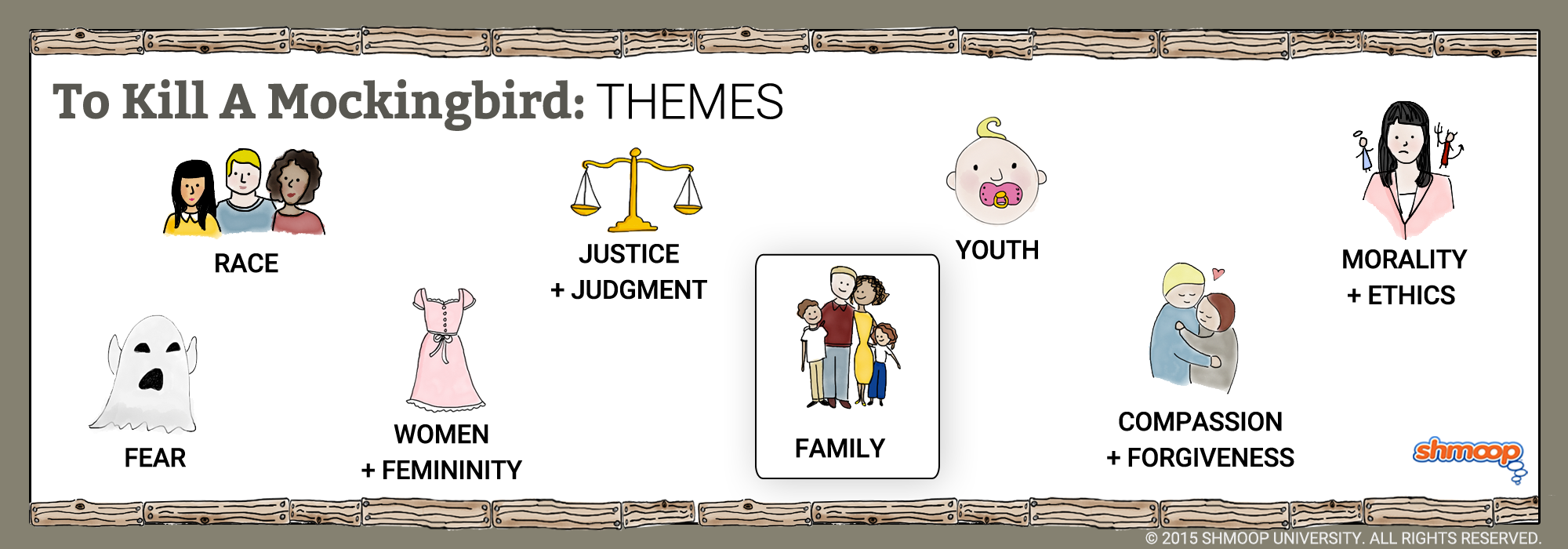Chapter 20 to kill a mockingbird – In Chapter 20 of Harper Lee’s iconic novel ‘To Kill a Mockingbird,’ the trial of Tom Robinson becomes a pivotal moment, exposing the deep-rooted prejudice and racism that permeate the small town of Maycomb. As Scout Finch, the young protagonist, witnesses the events unfold, her understanding of the world and the people around her undergoes a profound transformation.
Atticus Finch, Scout’s father and a respected lawyer, valiantly defends Tom Robinson against false accusations of rape, while Bob Ewell, the accuser, represents the epitome of bigotry and hatred. The trial’s outcome serves as a harsh reminder of the fragility of justice and the enduring power of prejudice.
Scout’s Growing Understanding: Chapter 20 To Kill A Mockingbird

In Chapter 20 of To Kill a Mockingbird, Scout’s perception of the world undergoes a profound transformation. The trial and its aftermath leave an enduring imprint on her young mind, shaping her views on justice, morality, and the complexities of human nature.
Chapter 20 of To Kill a Mockingbird brings us a moment of realization and change. Similarly, blue lock chapter 219 presents a turning point, pushing characters to confront their weaknesses and redefine their paths. As we reflect on the significance of Chapter 20, let us not forget the lessons learned in blue lock chapter 219, reminding us that growth and transformation can come in unexpected forms.
The Trial’s Impact
The trial exposes Scout to the stark realities of racial prejudice and injustice. Witnessing the wrongful conviction of Tom Robinson, she grapples with the realization that the world is not as black and white as she had once believed. The trial forces her to confront the hypocrisy and double standards that permeate her society.
Chapter 20 of To Kill a Mockingbird, a poignant moment that captures the essence of the novel’s exploration of prejudice and justice. As the trial of Tom Robinson unfolds, we are reminded of the enduring power of hope and the importance of standing up for what’s right.
In a similar vein, Black Clover Chapter 358 delves into themes of friendship, determination, and the struggle against adversity. Like Scout Finch, Asta’s journey in Black Clover teaches us the value of perseverance and the strength of the human spirit, reminding us that even in the darkest of times, hope can prevail.
The Symbolism of the Mockingbird
The mockingbird, a recurring symbol throughout the novel, represents innocence, vulnerability, and the fragile nature of justice. Scout’s growing understanding of the world is mirrored in her evolving relationship with the mockingbirds. Initially, she sees them as pests, but as her perspective broadens, she comes to appreciate their beauty and vulnerability. The mockingbird’s death symbolizes the loss of innocence and the harsh realities of life.
Chapter 20 of To Kill a Mockingbird is a pivotal moment where the novel’s themes of racism and innocence come to a head. It’s like in Frankenstein Chapter 9, when the creature confronts his creator, Victor Frankenstein, for the first time.
Both chapters explore the consequences of prejudice and the responsibility we have to those we create. The link frankenstein chapter 9 summary provides a deeper dive into this confrontation, showcasing the parallels between these two literary masterpieces.
Scout’s Maturation
Through the experiences of Chapter 20, Scout undergoes a significant process of maturation. She sheds her childish naivety and develops a deeper understanding of the complexities of human nature. The trial teaches her the importance of empathy, compassion, and standing up for what is right, even in the face of adversity.
The Mockingbird’s Symbolism

The mockingbird serves as a potent symbol throughout Chapter 20 of “To Kill a Mockingbird.” Its significance extends beyond its literal representation as a bird and embodies deeper themes of innocence, vulnerability, and the destruction of good.
The mockingbird’s innocence is evident in its carefree nature and its ability to bring joy to others. Its song, a beautiful melody that fills the air, symbolizes the purity and beauty that exists in the world. However, this innocence is threatened by the harsh realities of life, represented by the harsh words and actions of others.
Vulnerability and Destruction of Good, Chapter 20 to kill a mockingbird
The mockingbird’s vulnerability is highlighted by its small size and inability to defend itself against larger predators. This vulnerability parallels the vulnerability of innocent individuals who are often victimized by those with greater power. The destruction of the mockingbird, as seen when Bob Ewell kills it, symbolizes the destruction of good and the triumph of evil.
Throughout the chapter, the mockingbird’s symbolism is woven into the narrative, reminding readers of the importance of protecting innocence and standing up against injustice. It serves as a poignant reminder that even in the darkest of times, there is still hope for redemption and the preservation of goodness.
Themes of Innocence and Loss

Chapter 20 of “To Kill a Mockingbird” delves into the profound themes of innocence and loss, exploring the ways in which the trial and its aftermath irrevocably alter the lives of the characters. The loss of innocence is a central motif, as the children are forced to confront the harsh realities of prejudice and injustice.
The Fragility of Childhood
The trial exposes the fragility of childhood, as the children witness the horrors of racism and violence firsthand. Jem’s faith in the justice system is shattered, while Scout’s naivete is replaced by a deep understanding of the complexities of the adult world. The children are forced to grow up too quickly, their innocence irrevocably lost.
Last Recap

Chapter 20 of ‘To Kill a Mockingbird’ leaves an indelible mark on the reader, highlighting the themes of innocence and loss. Scout’s journey serves as a poignant reminder of the challenges of growing up in a world marred by injustice, while the symbolism of the mockingbird encapsulates the vulnerability of the innocent and the consequences of their destruction.
